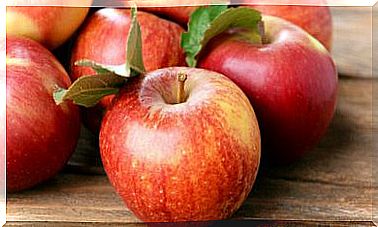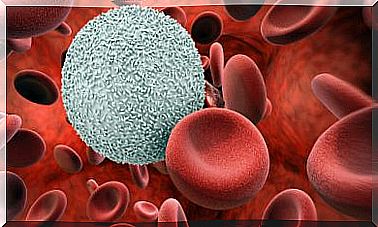Know The Properties Of Caffeic Acid
As a powerful antioxidant, the properties of caffeic acid are wide and varied. In addition, one of its greatest advantages is that it is found in all plants since it is an intermediate in the lignin biosynthesis process.
Its main asset is coffee, that’s where its name comes from and it is highly recommended to include it in the daily diet due to its great properties. Next we will be able to know more details about this powerful acid.
Properties of caffeic acid for your health

This substance has been used to alleviate symptoms associated with cancer, thanks to its antioxidant and anti-inflammatory effects, although there is no scientific evidence to ensure this.
In fact, according to an article published in the Latin American Archives of Nutrition, this acid is among the most important antioxidants along with chlorogenic acid, kaempferol and flavanols.
In the same way, in the Mexican Journal of Pharmaceutical Sciences, another article was published in which the inhibitory effect of this acid of mutagenic agents was highlighted , as well as its implication in the detoxification of the organism. This contributes to potentiate the immune system so that it can fight viruses and an infinity of malignant antibodies, which can trigger many more diseases.
Finally, although there is no evidence, it is believed that it can help prevent premature aging, since its antioxidants inhibit oxidative stress and reduce the risk of cell damage.
With the latter, caffeic acid is believed to have beneficial effects on preventing the appearance of diseases such as Parkinson’s. However, more research is required, because there is currently no scientific evidence to support its preventive role.
Plants and foods that have caffeic acid

As we mentioned earlier, this acid is found mainly in coffee, but it is also found in a large number of plants and foods. In this way, if we make a diet that includes these foods, we can take advantage of their innumerable benefits.
Among the plants that contain it are: propolis, green tea, grapes, Brussels sprouts and peanuts. Also in foods such as: celery, orange, fig, lettuce, lemon and pumpkin.
All these elements are recommended to consume regularly in order to obtain all the benefits of this asset, in the same way they can be used to make salads, juices or smoothies and establish a more varied diet.
What care should be taken?

The consumption of these products should be done with special care during pregnancy and lactation, since caffeine can reach the amniotic fluid and the baby’s blood.
On the other hand, it is also not good to consume caffeic acid as a supplement, since being a stimulant compound it is very likely to cause some insomnia problems.
Remember to be very attentive to the symptoms that these foods can produce; If you feel any discomfort, you should reduce them so that you do not have unwanted results. Also, caffeine should not be combined with caffeic acid. , since both are stimulating and would make your heart beat too fast and keep you wide awake.
There is no exact rule of the amount of caffeic acid that should be consumed daily, you just have to bear in mind that this is a substance that can bring us benefits for our health.









